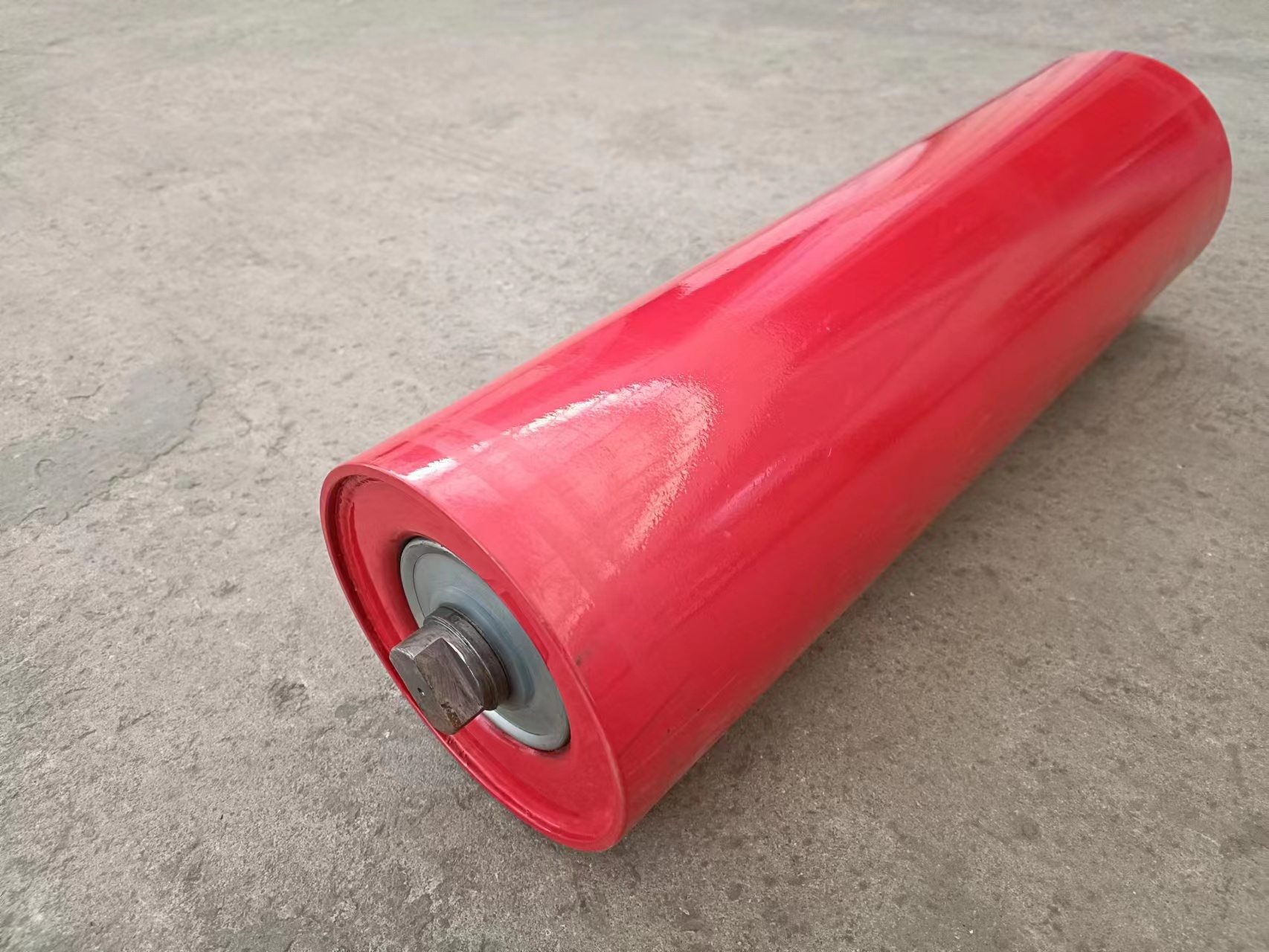 Afrikaans
Afrikaans  Albanian
Albanian  Amharic
Amharic  Arabic
Arabic  Armenian
Armenian  Azerbaijani
Azerbaijani  Basque
Basque  Belarusian
Belarusian  Bengali
Bengali  Bosnian
Bosnian  Bulgarian
Bulgarian  Catalan
Catalan  Cebuano
Cebuano  Corsican
Corsican  Croatian
Croatian  Czech
Czech  Danish
Danish  Dutch
Dutch  English
English  Esperanto
Esperanto  Estonian
Estonian  Finnish
Finnish  French
French  Frisian
Frisian  Galician
Galician  Georgian
Georgian  German
German  Greek
Greek  Gujarati
Gujarati  Haitian Creole
Haitian Creole  hausa
hausa  hawaiian
hawaiian  Hebrew
Hebrew  Hindi
Hindi  Miao
Miao  Hungarian
Hungarian  Icelandic
Icelandic  igbo
igbo  Indonesian
Indonesian  irish
irish  Italian
Italian  Japanese
Japanese  Javanese
Javanese  Kannada
Kannada  kazakh
kazakh  Khmer
Khmer  Rwandese
Rwandese  Korean
Korean  Kurdish
Kurdish  Kyrgyz
Kyrgyz  Lao
Lao  Latin
Latin  Latvian
Latvian  Lithuanian
Lithuanian  Luxembourgish
Luxembourgish  Macedonian
Macedonian  Malgashi
Malgashi  Malay
Malay  Malayalam
Malayalam  Maltese
Maltese  Maori
Maori  Marathi
Marathi  Mongolian
Mongolian  Myanmar
Myanmar  Nepali
Nepali  Norwegian
Norwegian  Norwegian
Norwegian  Occitan
Occitan  Pashto
Pashto  Persian
Persian  Polish
Polish  Portuguese
Portuguese  Punjabi
Punjabi  Romanian
Romanian  Russian
Russian  Samoan
Samoan  Scottish Gaelic
Scottish Gaelic  Serbian
Serbian  Sesotho
Sesotho  Shona
Shona  Sindhi
Sindhi  Sinhala
Sinhala  Slovak
Slovak  Slovenian
Slovenian  Somali
Somali  Spanish
Spanish  Sundanese
Sundanese  Swahili
Swahili  Swedish
Swedish  Tagalog
Tagalog  Tajik
Tajik  Tamil
Tamil  Tatar
Tatar  Telugu
Telugu  Thai
Thai  Turkish
Turkish  Turkmen
Turkmen  Ukrainian
Ukrainian  Urdu
Urdu  Uighur
Uighur  Uzbek
Uzbek  Vietnamese
Vietnamese  Welsh
Welsh  Bantu
Bantu  Yiddish
Yiddish  Yoruba
Yoruba  Zulu
Zulu Understanding the Function and Importance of V-Belt Idlers in Machinery Systems
Understanding the V-Belt Idler A Key Component in Mechanical Systems
In the realm of mechanical engineering and machinery, the efficiency and performance of various systems often hinge on the optimization of power transmission components. Among these components, the V-belt idler plays a crucial role. This article delves into the importance, functionality, and applications of V-belt idlers in mechanical systems.
What is a V-Belt Idler?
A V-belt idler is a pulley system designed to guide and manage the tension of V-belts within a drive assembly. V-belts themselves are a type of flexible conveyor belt, characterized by their trapezoidal cross-section which allows for greater grip and reduced slippage on pulleys. Idlers are typically used to maintain appropriate tension in the system, prevent belt wear, and ensure smooth operation.
Functionality of V-Belt Idlers
The primary function of a V-belt idler is to provide tension to the belt. Proper tension is essential for maximizing power transfer between the motor and the driven components. If the belt is too loose, it may slip, leading to inefficient power transmission and potential damage to the components. Conversely, if it is too tight, it can cause excessive wear on the belt and pulleys, resulting in a shorter lifespan.
The idler also alters the direction of the belt's run, providing flexibility in machinery design. By positioning an idler in strategic locations, engineers can configure drive systems that efficiently transfer power through various angles, accommodating complex machinery setups.
Advantages of Using V-Belt Idlers
1. Improved Efficiency V-belt idlers enhance the overall efficiency of a power transmission system. By maintaining optimal tension, they reduce energy losses associated with slippage which can lead to wasted power.
v belt idler

2. Extended Equipment Life By helping to prevent abnormal wear on both belts and pulleys, V-belt idlers contribute to the longevity of the entire system. This reduces maintenance costs and increases the reliability of machinery.
3. Design Flexibility Idlers enable engineers to design more versatile mechanical systems. This flexibility is particularly advantageous in applications where space is at a premium, or where specific routing of drive belts is required.
4. Noise Reduction Properly maintained and adjusted V-belt idlers can minimize vibrations and noise in machinery. This contributes not only to a calmer working environment but also ensures that machinery operates smoothly, reducing the risk of mechanical failure.
Applications of V-Belt Idlers
V-belt idlers find widespread use in various industries. They are commonly employed in
- Automotive applications Under the hood of vehicles, idlers assist in driving components such as alternators and water pumps. - Industrial machinery In factories, they play a critical role in conveyor systems, mixers, and other mechanical setups. - Home appliances Idlers can be found in washing machines and dryers, helping to drive their belts efficiently.
Conclusion
In summary, V-belt idlers are essential components that play a significant role in enhancing the efficiency and reliability of mechanical systems. By maintaining proper belt tension, reducing wear, and providing design flexibility, idlers contribute to smoother and more effective power transmission. As industries continue to evolve and machinery becomes increasingly complex, the importance of such components will only grow, making the understanding of their function and application vital for engineers and technicians alike.
-
Revolutionizing Conveyor Reliability with Advanced Rubber Lagging PulleysNewsJul.22,2025
-
Powering Precision and Durability with Expert Manufacturers of Conveyor ComponentsNewsJul.22,2025
-
Optimizing Conveyor Systems with Advanced Conveyor AccessoriesNewsJul.22,2025
-
Maximize Conveyor Efficiency with Quality Conveyor Idler PulleysNewsJul.22,2025
-
Future-Proof Your Conveyor System with High-Performance Polyurethane RollerNewsJul.22,2025
-
Driving Efficiency Forward with Quality Idlers and RollersNewsJul.22,2025





























